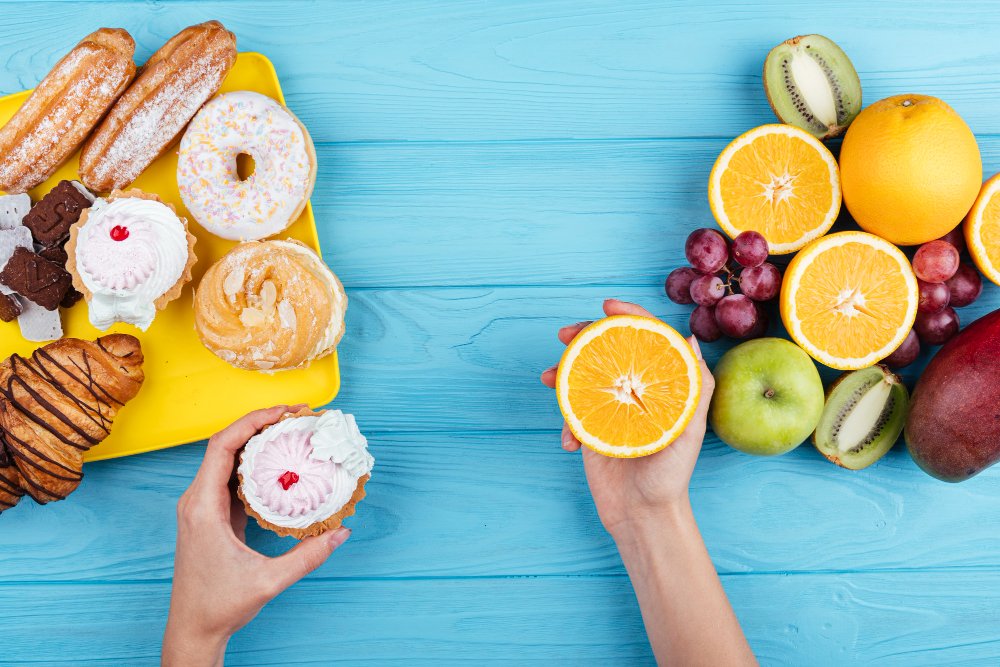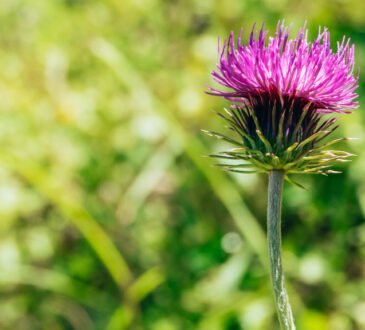
For diabetic patients, it’s essential to choose fruits that are low in sugar and have a lower glycemic index (GI) to help manage blood sugar levels. Here are 10 fruits that are generally considered suitable for diabetic individuals, along with suggestions on how to eat them and the best times:
- Berries (such as strawberries, blueberries, raspberries):
- How to eat: Enjoy fresh berries as a snack, add them to salads, or blend them into smoothies.
- Best time: Berries can be consumed at any time of the day. They are particularly good choices for breakfast or snacks.
- Apples:
- How to eat: Eat whole apples with the skin on for added fiber, or slice them and pair with a source of protein like peanut butter.
- Best time: Apples are versatile and can be eaten as snacks or included in meals throughout the day.
- Citrus fruits (such as oranges, grapefruits, lemons):
- How to eat: Enjoy citrus fruits whole or as freshly squeezed juice (in moderation) without added sugar.
- Best time: Citrus fruits can be consumed as snacks or added to meals. Drinking citrus juice in the morning may help with hydration and digestion.
- Pears:
- How to eat: Enjoy ripe pears as a snack or add them to salads for a natural sweetness.
- Best time: Pears can be eaten as snacks or included in meals. Eating them with meals helps slow down the absorption of sugar.
- Cherries:
- How to eat: Enjoy fresh cherries as a snack or add them to yogurt or oatmeal.
- Best time: Cherries can be eaten as snacks or included in meals. Eating them in moderation can help manage blood sugar levels.
- Kiwi:
- How to eat: Peel and slice kiwi or enjoy it with the skin on. Add kiwi slices to yogurt, salads, or smoothies.
- Best time: Kiwi is suitable for breakfast, snacks, or desserts. Eating it with meals helps slow down sugar absorption.
- Guava:
- How to eat: Enjoy ripe guava whole (including the seeds) or blend it into a refreshing juice (without added sugar).
- Best time: Guava is suitable for breakfast or snacks. Eating it with meals can help prevent blood sugar spikes.
- Apricots:
- How to eat: Enjoy fresh apricots as a snack or add them to yogurt or cottage cheese.
- Best time: Apricots can be eaten as snacks or included in meals. Eating them with protein-rich foods helps balance blood sugar levels.
- Plums:
- How to eat: Enjoy fresh plums as a snack, or add them to salads or yogurt parfaits.
- Best time: Plums are suitable for snacks or as part of meals. Eating them with the skin on adds extra fiber.
- Grapes (in moderation):
- How to eat: Enjoy a small handful of grapes as a snack, or freeze them for a refreshing treat.
- Best time: Grapes are best consumed in moderation due to their natural sugar content. Enjoy them as snacks or desserts, preferably with a source of protein or healthy fat to slow down sugar absorption.

When consuming fruits, it’s essential for diabetic individuals to monitor portion sizes and consider their overall carbohydrate intake. Eating fruits with protein or healthy fats can help slow down the absorption of sugar and prevent blood sugar spikes. Additionally, spreading fruit consumption throughout the day and pairing fruits with balanced meals can help manage blood sugar levels more effectively. It’s advisable for diabetic patients to consult with a healthcare provider or dietitian for personalized dietary recommendations.




